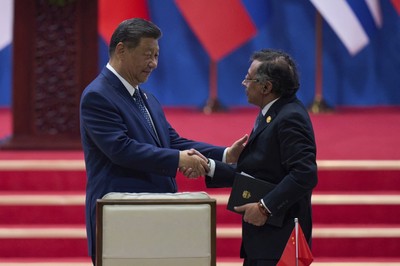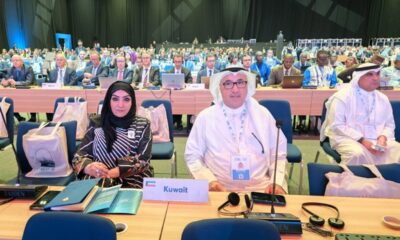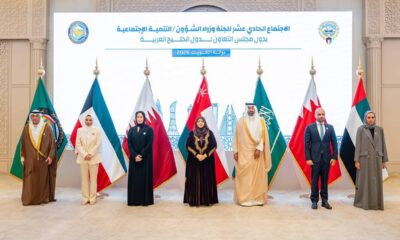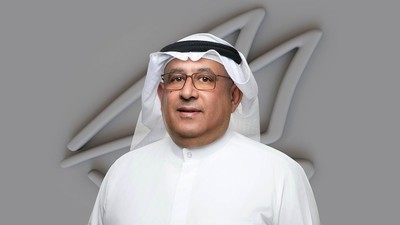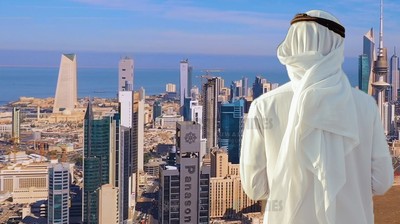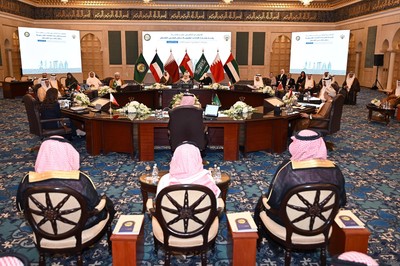Chinese President Xi Jinping, left, shakes hands with Colombia’s President Gustavo Petro after delivering his opening speech for the opening ceremony of the Fourth Ministerial Meeting of the Forum of China and Community of Latin American and Caribbean States at China National Convention Center in Beijing on May 13. (AP)
MIAMI, May 18, (AP): Colombia’s government has applied to join a China-based development bank, another sign of Latin America’s drift away from the U.S. as the Trump administration’s foreign aid cuts, trade barriers and crackdown on immigration spurs many leaders in the region to seek closer ties with Washington’s geopolitical rival. Colombian President Gustavo Petro wrapped up a visit to China this week with a stop in Shanghai, where he met with former Brazilian President Dilma Rousseff, the head of the New Development Bank.
The multilateral lender was set up a decade ago as a project of Brazil, Russia, India, China and South Africa – the so-called BRICS nations of major developing markets – as a counter to US-dominated institutions like the World Bank and Inter-American Development Bank. To date, the New Development Bank has approved loans for 122 infrastructure projects totaling more than $40 billion in areas such as transport, sanitation and clean energy, according to Rousseff.
Petro, speaking to reporters in China on Saturday, said that Colombia is committed to purchasing $512 million worth of shares in the bank. He said that he was especially excited by the possibility of securing the New Development Bank’s support for a 120-kilometer (75-mile) canal, or railway, connecting Colombia’s Atlantic and Pacific Ocean coastlines that he said would position the country at the “heart” of trade between South America and Asia.
Colombia is the second Latin American country to try and join the bank after tiny Uruguay sought membership in 2021. But Colombia’s traditional role as a staunch US ally and caretaker in the war on drugs is likely to raise eyebrows in Washington. The US State Department this week said that it would “vigorously oppose” financing of projects linked to China’s Belt and Road Initiative in Latin America.
Petro signed up to the initiative during a summit with fellow leftist leaders from Brazil and China. Petro, a former leftist guerrilla, said he wouldn’t be dissuaded by U.S. pressure and reaffirmed that Colombia seeks to remain neutral in a new era of geopolitical wrangling. “We made this decision freely,” Petro told reporters from Shanghai. “With the United States we can speak face to face, with China too.”
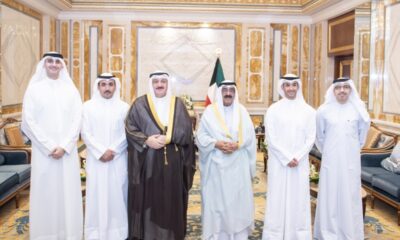
 Latest News23 hours ago
Latest News23 hours ago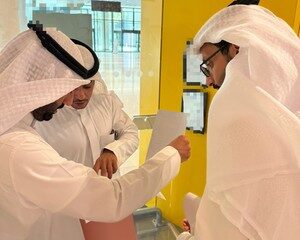
 Politics24 hours ago
Politics24 hours ago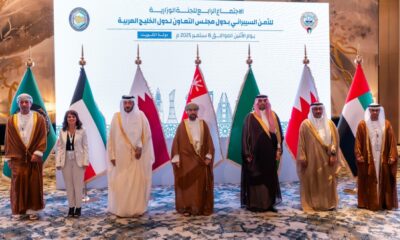
 Latest News12 hours ago
Latest News12 hours ago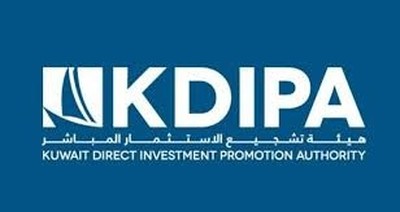
 Business22 hours ago
Business22 hours ago
 Politics22 hours ago
Politics22 hours ago
 Business24 hours ago
Business24 hours ago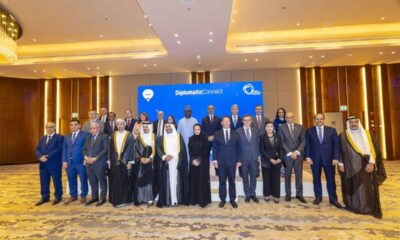
 Latest News24 hours ago
Latest News24 hours ago
 Latest News13 hours ago
Latest News13 hours ago
